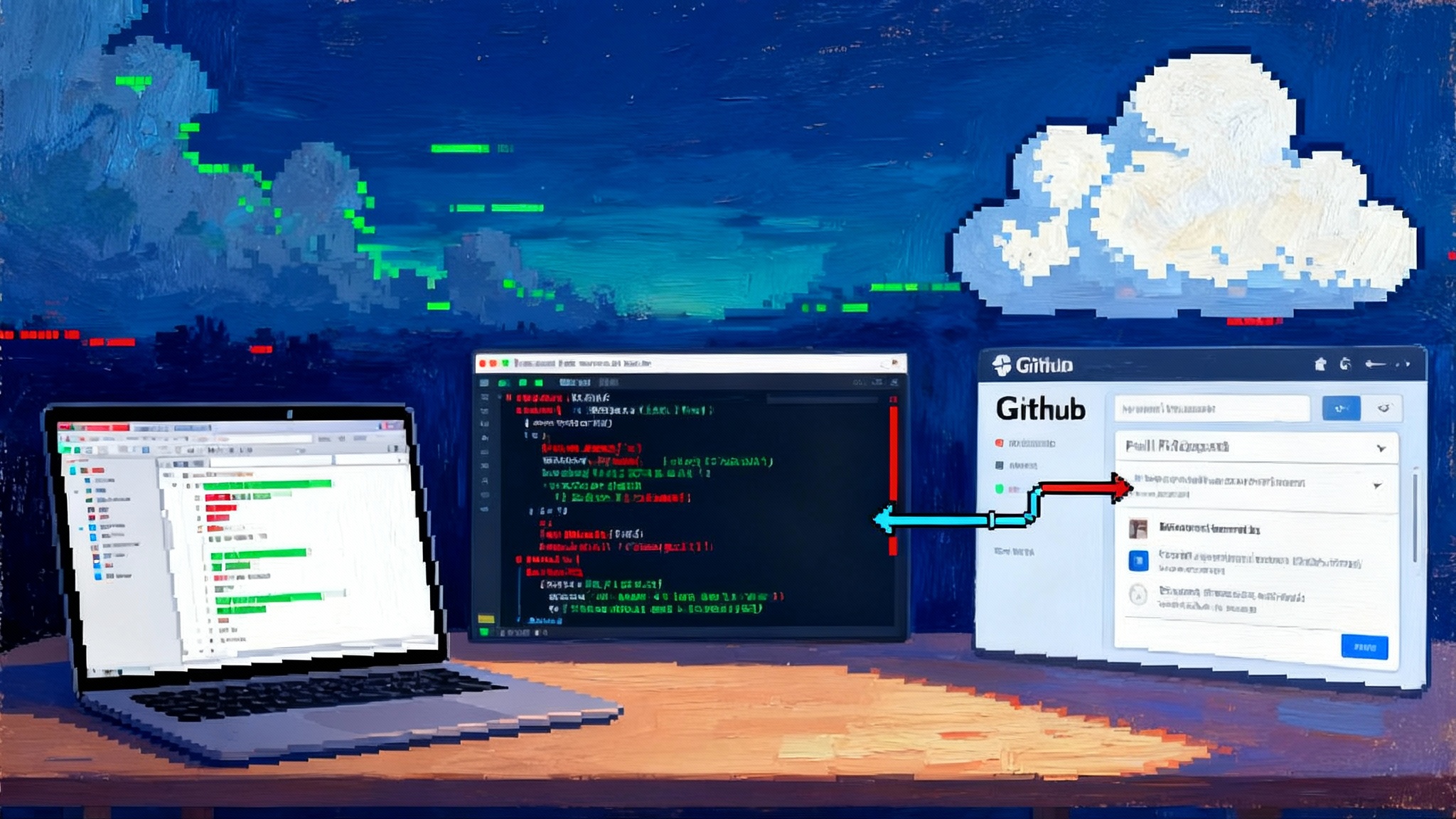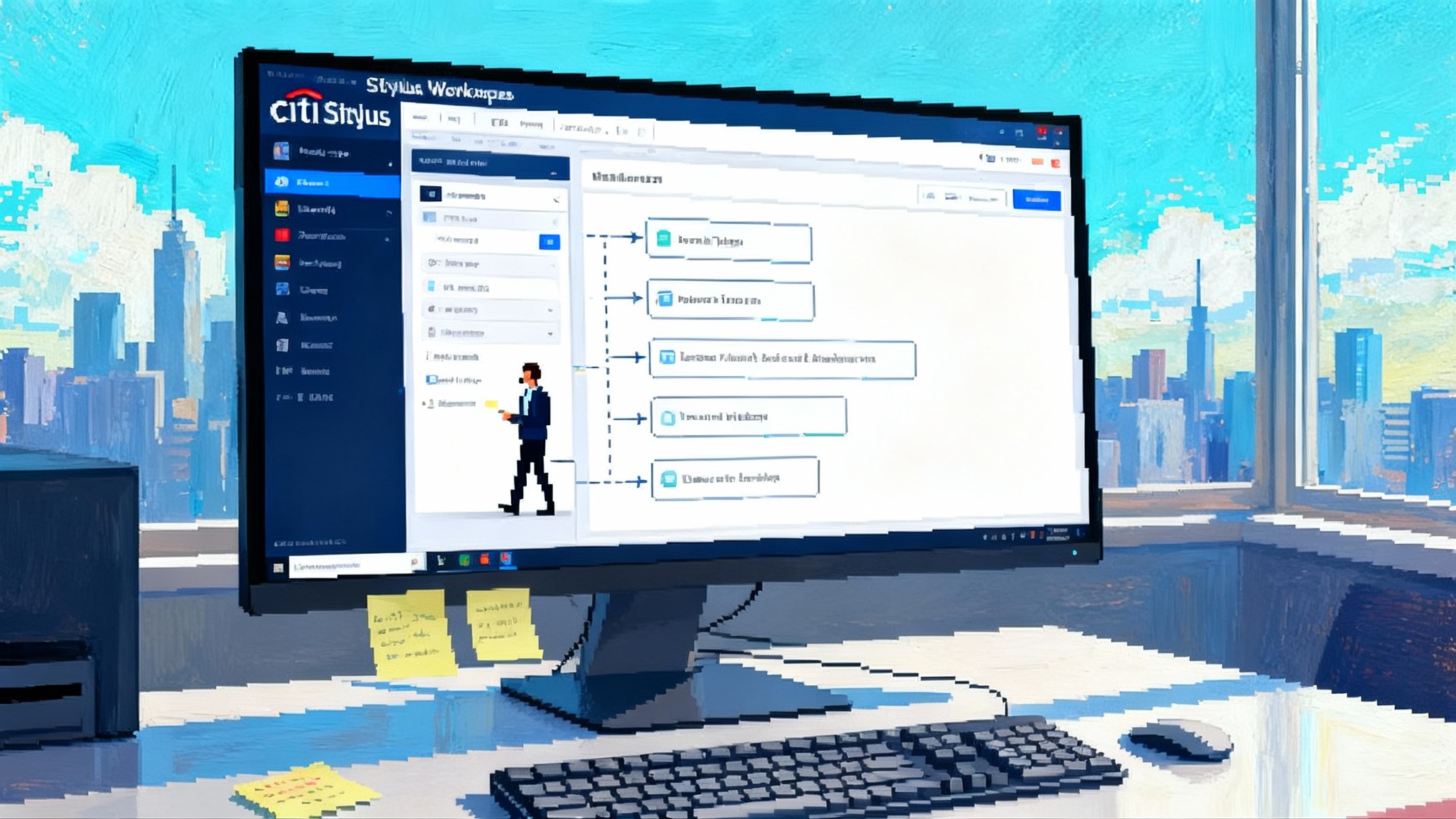Perplexity’s $200 Email Agent Makes the Inbox a Testbed
Perplexity’s new Email Assistant embeds an agent in Gmail and Outlook at a $200 Max tier price. It drafts replies in your voice, triages, schedules with approvals, and promises measurable time savings. Here is how it works, who should pay for it, and how to prove ROI in 30 days.

The inbox is where AI agents finally meet reality
On September 23, 2025, Perplexity rolled out an Email Assistant that lives inside your Gmail or Outlook workflow and actually performs tasks, not just suggests them. It drafts replies in your voice, labels and prioritizes messages, proposes meeting times, and waits for your approval before anything gets sent. The price is the catch. It is available only on the Perplexity Max plan at $200 per month. Early coverage describes connective tissue between your mailbox and a supervised agent that can join threads, coordinate scheduling, and keep a clean priority list without going rogue. See the Windows Central launch report for the initial feature set and pricing context.
That price makes Perplexity’s move more than a product launch. It is a referendum on whether hyper premium, task performing agents can justify themselves in the most universal work surface we have, the inbox.
What Perplexity is actually shipping at $200
Perplexity’s Email Assistant is framed as an agent you can include in the same threads where work happens. The assistant connects to Gmail or Outlook, reads the room, and focuses on four concrete jobs:
- Drafting replies that track your voice and intent, then pausing for your approval before sending
- Auto labeling and prioritization to separate the must do from the nice to know
- Scheduling that checks calendars, proposes options, and issues invites once you confirm
- Thread summarization so long exchanges collapse into a few actionable lines
Under the hood, the most important design decision is the human in the loop checkpoint before transmission. That guardrail lowers failure cost, which is why email is such a natural domain for early agent adoption. Everything can be queued, reviewed, and corrected. You get leverage without surrendering control.
Perplexity also sources context from ongoing communications, which makes triage and drafting better with use. The assistant can be cc’d on relevant threads to take over routine coordination like vendor scheduling or simple follow ups. It can also answer direct prompts about your inbox, for example, show any messages requiring signature by end of day or summarize last week’s Q4 budget threads.
Why the inbox is the proving ground for agents
The inbox brings a rare combination of structure, frequency, and measurable outcomes that agents need to prove value:
- Standardized protocols and permissions. Gmail and Outlook provide stable APIs and predictable permission scopes with clear audit trails
- High volume and repeatability. Every knowledge worker handles repetitive triage, status updates, and scheduling daily
- Natural human supervision. Approvals are already a norm in email and cost seconds
- Clear metrics. Response time, first reply rate, backlog size, and calendar hit rate are easy to track
Compared to web wide do anything demos that struggle with brittle flows, inbox work is constrained, text forward, and grounded in your own history. For a broader ecosystem view, see why the browser is becoming an agent runtime in why the browser is an agent.
Enterprise posture and data boundaries
Privacy and compliance posture is central when an agent touches communications. Perplexity’s enterprise materials emphasize SOC 2 alignment, GDPR readiness, and a firm stance that customer emails are not used to train its models. For enterprise customers, the company highlights configurable retention, audit logs, and commitments that training is off by default. Review the details in the Perplexity enterprise privacy commitments.
Two practical implications matter for buyers:
- No training on user emails means model improvements do not depend on ingesting your content. That lowers risk for regulated teams
- Human in the loop by design reduces the chance of accidental sends or off brand tone. Approvals also double as a lightweight way to collect quality data
If you are setting policies and controls, it is useful to understand how security vendors are formalizing agent guardrails. See the discussion of AIDR and observability in agent security and governance.
The economics: how $200 stacks up
At $200 per user per month, the Email Assistant sits at the high end of AI productivity pricing. It is more expensive than AI features bundled into broad suites from platform vendors. Google is folding Gemini features into Workspace plans with relatively small per seat premiums. Microsoft positions Copilot for Microsoft 365 as an add on priced for wide deployment. Platform assistants are built for blanket coverage, while Perplexity Max targets individuals who demand maximum capability and early features.
Who pays $200, and why might it be worth it?
- A partner, principal, or senior seller who bills at hundreds per hour needs to save well under an hour each week to break even
- An independent executive without a full time assistant can recover several hours of triage and scheduling in a typical month
- A team lead coordinating cross functional vendor work can compress cycle times in ways that compound across a group
Human executive assistants remain the gold standard for judgment, escalation, and tacit knowledge. An inbox native agent at $200 will not replace a great EA, but it can expand coverage, handle after hours follow ups, and remove mechanical load from a smaller team.
The metrics that will decide ROI
Buyers should instrument the assistant like a process change, not a toy. Track a simple scorecard:
- Time saved per week across triage, scheduling, and drafting
- Approval to send ratio on drafts
- Edit distance on approved drafts
- Median first reply time on priority threads
- Scheduling hit rate from first proposal
- Triage precision via sampled labels and flags
- Error rate and severity, including whether human review caught issues
- Revenue proxy metrics such as reply rates, meetings booked, conversion rates, and backlog health
Put these in a weekly dashboard. If the agent does not move at least three of them in the right direction after a month, pause and reassess.
Three workflows that make the case
- Board prep triage for an executive
- On Monday, prompt the assistant to surface all board relevant threads from the past two weeks and summarize decisions pending before the next meeting
- Label anything that needs the CEO’s reply, anything legal should own, and anything that only requires acknowledgment
- Approve short replies in your tone for acknowledgments and route the rest to the right owners. The assistant logs a tracker of open items with due dates
- Ask for a daily digest that flags stalls
Result: less time combing long threads and fewer missed asks
- Sales follow ups at scale
- After a conference, forward the inbound pile and define three follow up archetypes by lead quality
- The assistant drafts a reply per segment, adds a custom reference, and proposes two time slots linked to your calendar. Approve in a batch
- For bookings, the assistant sends invites with the right video link. For no responses after two days, it prepares a nudge for one click approval
- Weekly, the assistant reports reply rates, bookings, and template performance
Result: faster time to first meeting and fewer dropped leads
- Vendor coordination for operations
- Start a vendor thread and cc the assistant so it can coordinate between your internal approver and the vendor’s project manager
- The assistant checks availability, proposes options, and upon your approval sends an invite with agenda and documents
- After the call, ask for action items by owner based on the meeting notes received via email. It labels related updates as urgent until closed
Result: tighter loops with vendors and clean, searchable records inside the inbox
The competitive posture versus Google and Microsoft
Perplexity is carving a niche with speed and agent depth at the individual level. Google and Microsoft take a platform approach that enables helpful AI inside Gmail and Outlook at a price that supports broad deployment. The result is a split market:
- Platform plays maximize coverage and minimize lift with centralized admin
- Perplexity maximizes capability for early adopters who want deeper automation, not just assistive prompts
Perplexity’s bet is that a subset of users in every company will pay more for performance. If those users sit in roles where email speed translates to revenue or risk reduction, willingness to pay at $200 can be rational.
Near term monetization experiments to expect
Vendors will test several pricing models as they chase product market fit:
- Premium per seat with bundled agents, similar to Perplexity Max today
- Metered per action or per task, with a lower base fee
- Outcome based tiers that reward high approval rates and low error rates
- Role based packaging for sales, support, or finance with domain specific templates and integrations
- Enterprise controls as a paid add on for admin, audit, retention, and policy features
The most important shift will be clearer unit economics. Vendors that expose usage and outcome data at the thread level will have the upper hand.
How to run a 30 day pilot that proves value
If you are considering the Email Assistant, set up a simple, time boxed pilot with a handful of high leverage users. For a model of how large organizations test agents, see Citi’s enterprise agent pilot.
- Define goals upfront. Pick two or three metrics from the ROI list and set numeric targets
- Start with archetypal tasks. Scheduling, status replies, and triage are the low friction wins
- Enforce approvals. Keep human in the loop for everything in month one so you can audit tone and accuracy
At day 30, calculate hours saved, the change in reply times on important threads, and the rate at which scheduling closed in a single round. If the payback is clear, standardize playbooks and expand.
Outlook: agents that earn their seat begin in the inbox
Perplexity’s Email Assistant is not a thought experiment. It is an expensive bet that the inbox is the first place agents can deliver daily, measurable value. The combination of human approvals, labels and prioritization, and calendar coordination hits the heart of knowledge work. The $200 Max tier will be a filter. It will attract users whose time is worth enough that minutes matter and whose workflows are already built around email.
If those users report durable time savings and lower follow up friction, expect pricing to drift toward usage based tiers and bundles that match how email work actually happens. If not, the center of gravity will remain with platform assistants that cost less and do a little of everything everywhere.
Either way, the proving ground is set. The next six months will show whether an inbox native agent can justify a premium seat by delivering a measurable return, one approved draft at a time.








